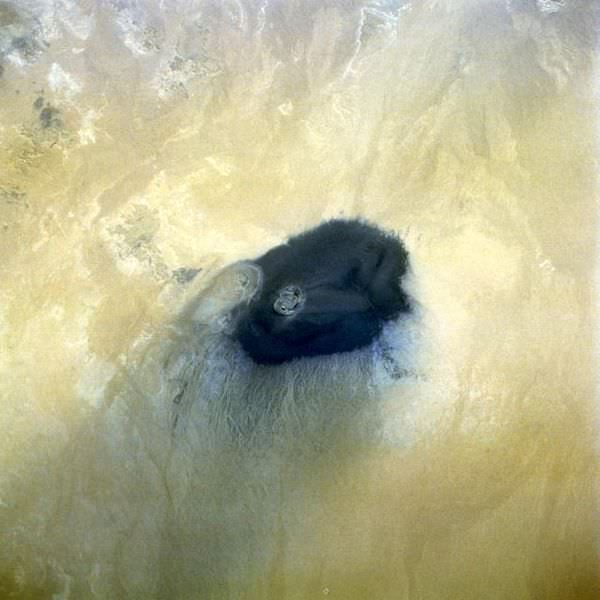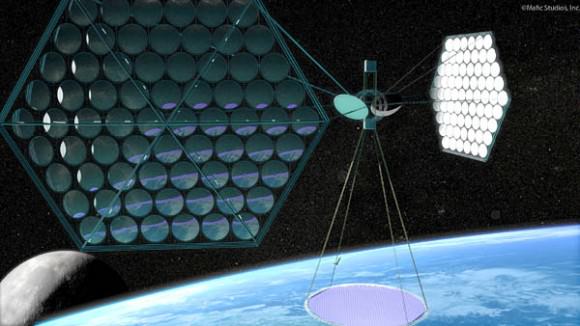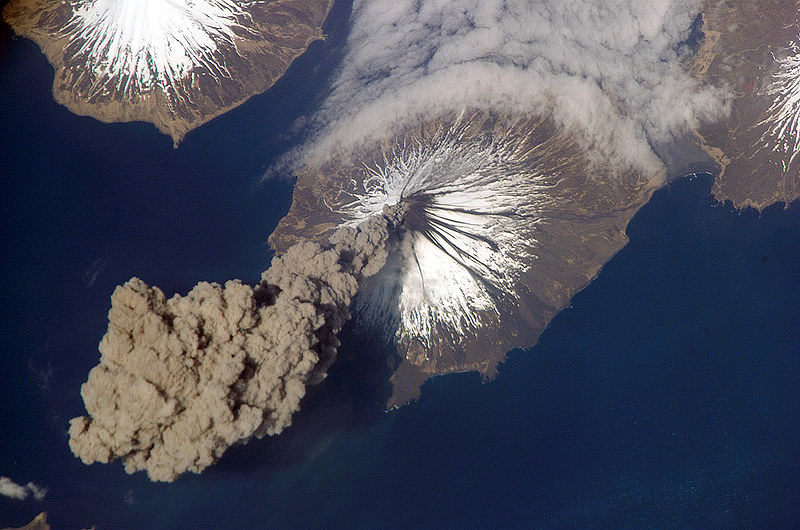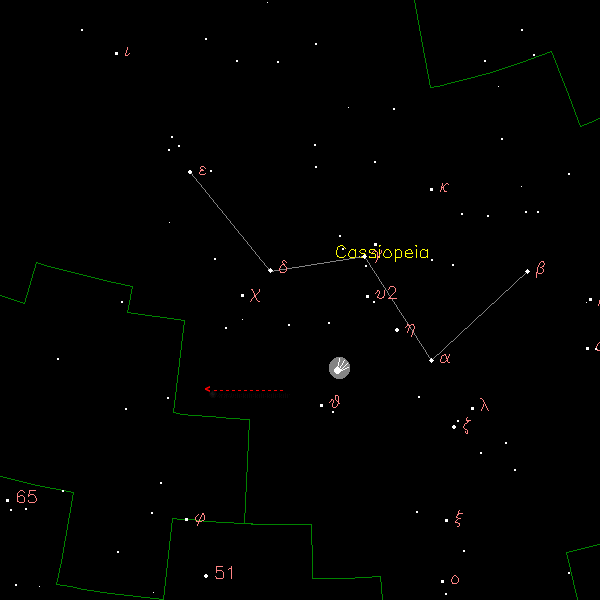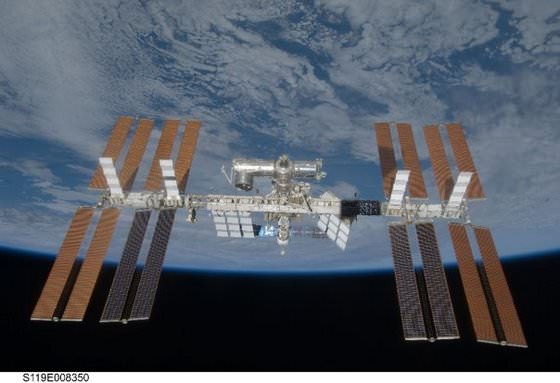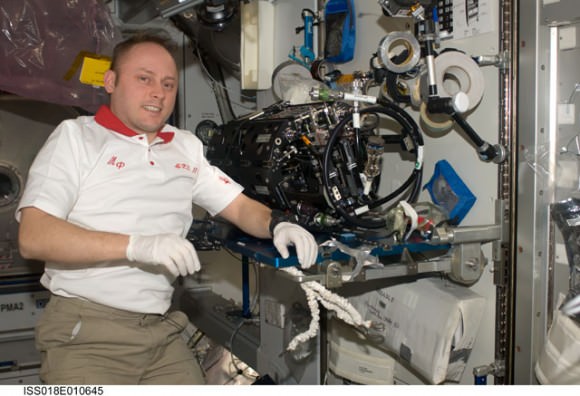Hey everyone, I’ve noticed there’s a Twitterstorm going on out there over the kinds of ads showing up on Universe Today. You know the ones for 2012, and strange theories about how Einstein was wrong. These are the contextual ads provided by Google Adsense, and without them, Universe Today would be a shadow of its former self.
Tim Farley over at Skeptical Software Tools wrote a reasoned response to the controversy of allowing woowoo ads on a scientific site, and it pretty much matches my point of view. But I chimed in on the comments of his site with a more detailed response. Here’s what I had to say:
“Thanks Tim, I appreciate the reasoned response to the situation. What you’ve described is essentially my position on the matter. Google Adsense is the only advertiser out there that will actually pay the bills, so I can pay the writers, server costs, etc. Without the money from Adsense, Universe Today would be a shadow of its current self. I’d layoff the writers, move the site to a $10/month host, and go get a real job.
And don’t think that I haven’t tried to bring in real advertisers. I’ve started up advertising networks, cold-called every telescope manufacturer, and begged my readers to help find sponsors for Universe Today – and that was met with silence. I know that it’s just a matter of time before lots of advertising moves online, but until then what do people suggest we do?
So for now, it’s Adsense. Big, bold Adsense ads that take up a tiny fraction of the site’s total real estate. Compare that to a newspaper or magazine and you’ll see that UT has less advertising.
The big complaint, obviously, is that there are 2012 and woowoo ads selling all kinds of nutty theories. But those ads paid for a multi-part series of articles that debunked every aspect of the 2012 silliness. Those ads keep the BAUT forum going. And they’re not the only ads on the site, there are also ads for telescopes, trips to the Kennedy Space Center and other space-related stuff.
So why don’t I filter out the woowoo ads? I tried that. Within a day or so, I filled up my filter list completely and it was just a fraction of the ads out there. And there’s no way I can see them all. And if you filter some, it just lets others float to the top.
We’re at an uncomfortable time in the world economy, with massive advertising resources shifting from the old media publishers to the new online world. Universe Today and the other space media sites are perfectly positioned to reap the rewards when the shift is actually finished. And when it does, we’ll have lots of very appropriate advertisers, spending the kind of money required to keep these kinds of sites going. It’ll be awesome, and there’ll be ice cream for everyone.
But until then, we have to do what we can to survive. I’m grateful that I can pay salaries to 6 full and part time writers and still feed my children. And the woowoos are contributing to that. I think it’s a hilarious transfer of wealth, honestly.
Universe Today is financially stable and growing nicely. As it grows, I can bring on more writers and provide better coverage. The site is almost completely immune the current troubles in the world economy. (I’ve worked in my basement developing Universe Today in my spare time before and I can do it again)
If you don’t like ads, I suggest you install Adblock for Firefox. Zip done, never see an ad again. And the when the future has arrived, I’ll let you know.
But if you want to complain about Universe Today, I beg you to complain about the content, tone and coverage of the articles and our respect for science and skepticism. Don’t worry about the ads, they’ll get sorted out soon enough.
Fraser Cain
Publisher
Universe Today”
So there you go.

